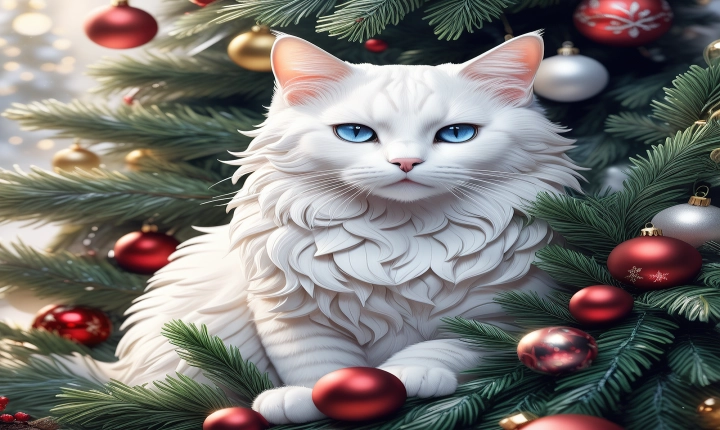How Does ChatGPT Generate Images?
Artificial intelligence has made extraordinary progress in recent years, and one of the most fascinating applications of AI is the generation of visual content. ChatGPT, a state-of-the-art language model developed by OpenAI, has the ability to generate text-based descriptions of images. But now, it has taken a step further by being able to generate images itself. This breakthrough raises the question: How does ChatGPT generate images?
To understand the process behind ChatGPT’s image generation, it’s important to first grasp the underlying principles of generative models and how they work. Generative models are a type of artificial intelligence that can create new data instances that resemble the input data. They can be trained to produce images, text, music, and more, based on patterns and information learned from large datasets.
In the case of ChatGPT’s image generation, the model uses a technique called conditional image generation. This means that it takes a text prompt as input and then generates an image that corresponds to the given prompt. The key to this process lies in the model’s ability to understand and interpret the textual description provided and then translate it into a visual representation.
The training process for ChatGPT’s image generation involves large-scale datasets of images paired with their corresponding text descriptions. These datasets are used to teach the model to understand the relationship between textual and visual information. Through extensive training, the model learns to generate images that align with the given textual prompts.
Once the model is trained, the image generation process begins when a user inputs a text prompt. ChatGPT then processes the prompt and uses its learned knowledge to create an image that corresponds to the input text. The image generation is achieved through a combination of learned patterns, probabilistic modeling, and neural network architecture.
It’s important to note that the images generated by ChatGPT may not always be of the highest quality or photorealistic. This is due to the inherent limitations of the model and the complexity of producing detailed, realistic images based solely on textual input. However, the generated images often convey a recognizable representation of the input prompt, demonstrating the potential of ChatGPT’s image generation capabilities.
As with any AI model, there are ethical considerations to keep in mind when it comes to image generation. ChatGPT’s ability to create images raises questions about the potential misuse of the technology, such as generating fake or misleading visual content. This underscores the importance of responsible AI development and deployment to mitigate the potential negative impacts of image generation technologies.
In conclusion, ChatGPT’s image generation capabilities are a testament to the ever-evolving field of artificial intelligence. By leveraging conditional image generation and advanced machine learning techniques, ChatGPT can produce visual interpretations of textual prompts, opening up new possibilities for creative expression and problem-solving. As AI continues to advance, the potential for image generation and synthesis will undoubtedly play a significant role in shaping the future of technology and human interaction.
